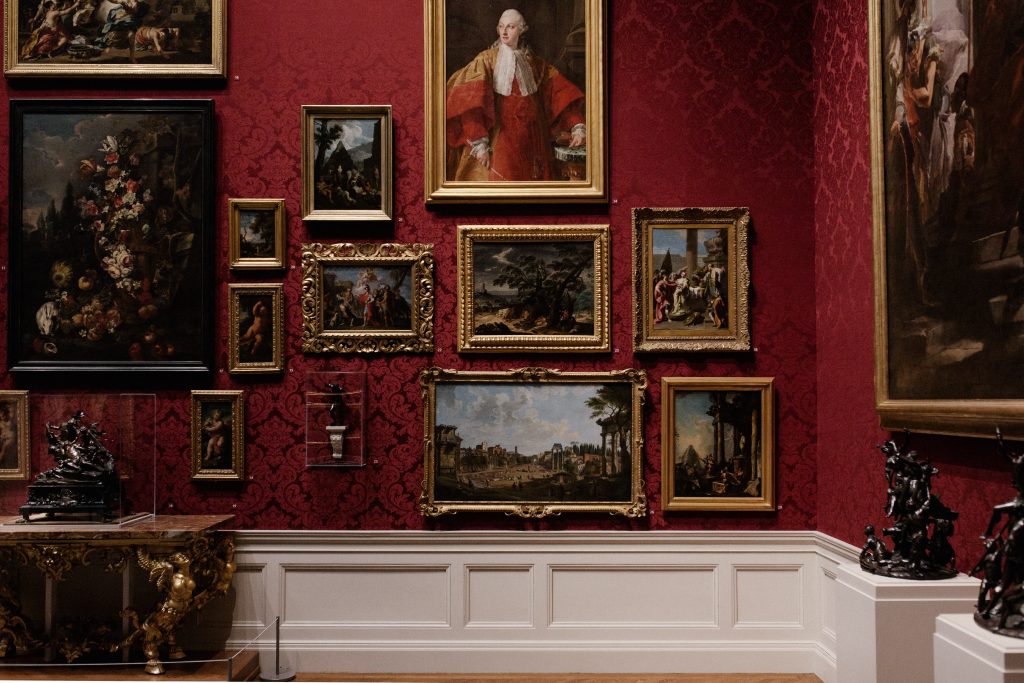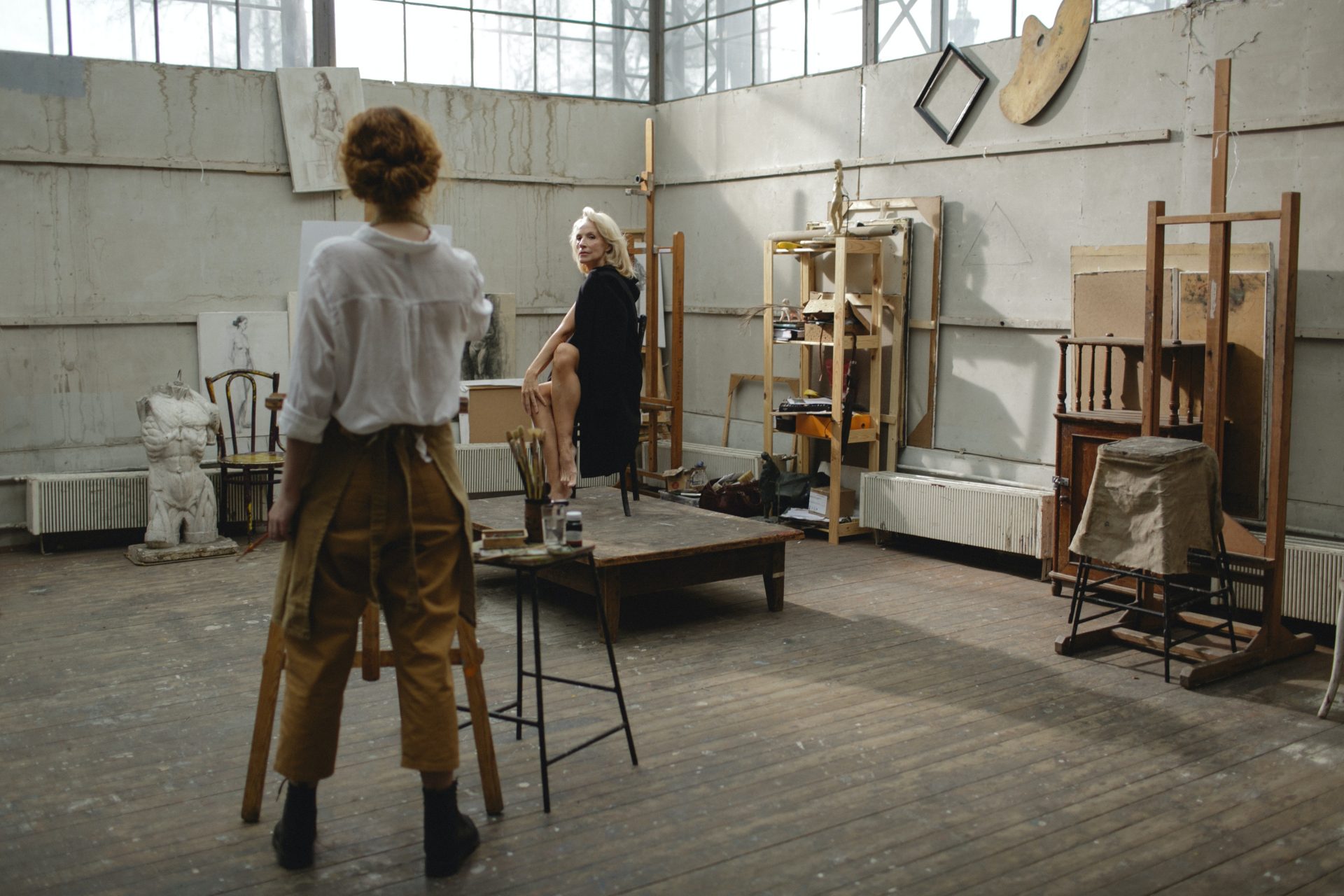Whether you are an art collector or interested in home design or selling art pieces, the art you own represents you. Therefore, your artwork care and maintenance routine should be well done. As you might already know, the more you contemplate it, the better you understand it. Well, the same goes with caring about it. The more time and effort you put into its installation, protection, and care, the bond you have with the piece will grow deeper and stronger.
This article will share some of the best ways to protect and preserve your art collection.
IS IT A LOT OF EFFORT?
Before we begin, we would like to mention that your home art pieces don’t require special protection facilities or extensive care. The good news is that regular dusting and deep examination for potential damages will do the trick.
After all, investing in art and its protection and care can only benefit you in the long run. You might decide to sell your original work or the one you collect sometime in the future. However, it won’t do much if the pieces aren’t in their finest condition.
So, no matter if you’re an experienced art collector or you’ve just been gifted an original piece, here are the actions to take to keep your art pieces fresh, safe, and clean.
WAYS TO MAKE YOUR ARTWORK CARE AND MAINTENANCE GAME A SUCCESS
-
Framing
When it comes to protecting your art pieces, the first vital thing is to ensure that it’s framed properly. A good quality frame job is the basis of artwork protection.
No matter if that’s a photograph or a canvas, the frame is the one that determines the future life of your art pieces. But, if the material is poor or the framework is poorly done, it could cause serious damage to your artwork.

As time passes, the frame might deteriorate, causing the canvas to loosen up, forming creases and crack paints. Also, the moisture could come through if you have a drawing on paper not appropriately framed. Moisture can lead to the paper fading or even tearing, which is a scenario you want to avoid.
For that reason, making sure your art gets the proper quality frames is a must for the sake of its longevity and protection.
-
Precautions
However, make sure you ask the artist or the gallery for any special maintenance instructions before you take the piece home with you. For example, you should inquire when the oil painting was varnished or when the sculpture was polished last. The reason for these inquiries is that you want to avoid any potential consequences and take preventive actions.
Finally, the essential thing about artwork care is to keep it clear from sunlight and moisture. Moisture can ruin the artwork significantly, while harmful sun rays can lead to the pigment losing its hue.

- Cleaning and caring for your art
There is a different set of instructions in regards to keeping different types of art clean. For instance, acrylic requires little maintenance compared to oils which tend to accumulate dust on the surface. Additionally, metal sculptures require occasional polishing, while wooden ones can go years without any maintenance needs.
So, to make sure you take care of your artwork correctly, let’s take a more in-depth look.
-
Acrylic paintings care
These paintings can be cleaned with a dry cloth and are probably the easiest type to maintain. The smoothness and dryness of its surface make it easy to clean with a dry cloth. You can also use old dry bushes to dust off any pieces.
However, it’s worth remembering you shouldn’t use water or cleaning products for your acrylic paintings.

-
Oil paintings maintenance
The pigment of oil paintings is a lot thicker compared to acrylic. It’s also a denser medium. Therefore, these paintings can take up to 5 days for their surface to try, while they can take up to months to dry out completely. As a consequence, its surface becomes prone to dust particles.
So, the best way to clean an oil painting is by using a damp cloth and rubbing it lightly over the surface.
Another helpful tip is to make use of masking tape. You can cut small pieces of the tape and place them on the surface and peel it off. However, it’s important to remember you can only use masking tape for these purposes. If you use any other, you risk peeling off the paint.
-
Sculptures
If you are an owner of a wooden or a metal sculpture, it’s good to know what they only require occasional dusting. But, you should be aware that metal might change the color or even rust over time.
The rusting process cannot be stopped, but there’s another possibility to extend the life of your precious sculpture. You can take it to a professional and have it polished. Or, you can do it yourself. Make sure you know what kind of medium and polish are required for best results.
On the other hand, if you have a wooden sculpture, you will be glad to know they don’t decay easily. Just make sure you keep it away from moisture or fire.
-
Framed artwork care and maintenance
As frames usually have glass as their covers, the same procedure as cleaning mirrors or windows applies here. The widely used method combines window glass spray with a newspaper or kitchen paper towel to clean the accumulated dust. Another possibility is to use microfiber cloths.
However, keep in mind that it’s not recommended to clean the glass with a wet cloth. Doing so can leave marks on the glass, obstruct the view, and even harm the glass in the long run.
Finally, remember to occasionally dust off the back of the frames to prevent any particles from harming your precious artwork.
FINAL THOUGHTS
If keeping your artwork protected is of great importance to you, then be sure to refer to our article on artwork care and maintenance. This way, you will avoid paying any restorations of your beloved pieces, ensure they are safe, and appreciate them more.
Author’s bio: Jonathan Miles is a consultant at TB Moving & Storage. He has successfully helped numerous artists safely transport their artwork by arranging the whole process and giving them helpful advice on how to handle their artwork. After having his interest sparked in art, he decided to share his knowledge on proper art handling and incorporate it in house design with his readers.


